My Approach
When presented with a design and/or user experience problem, I value coming to a solution that is truthful and ethical, embraces human nature and puts the user first. My endless pursuit of knowledge and my emphasis on collaboration aids in my path to a decision.
Truth & Ethics
My bachelor's degree existed at the intersection of journalism and visual design. Ethical journalism was heavily involved in my education, which led to my core belief that my work should always be honest and ethical. Ethical journalism trained me to seek out reliable, reputable and truthful sources for my work. When considering potential solutions to a problem, I give weight to and consider best practices that have been proven through research or rigorous study. Neilsen Norman Group and The Interaction Design Foundation are my sources of truth which guide me in my decisions.
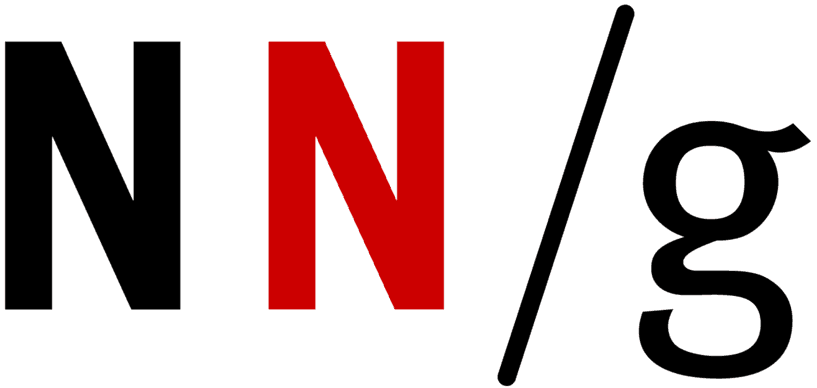
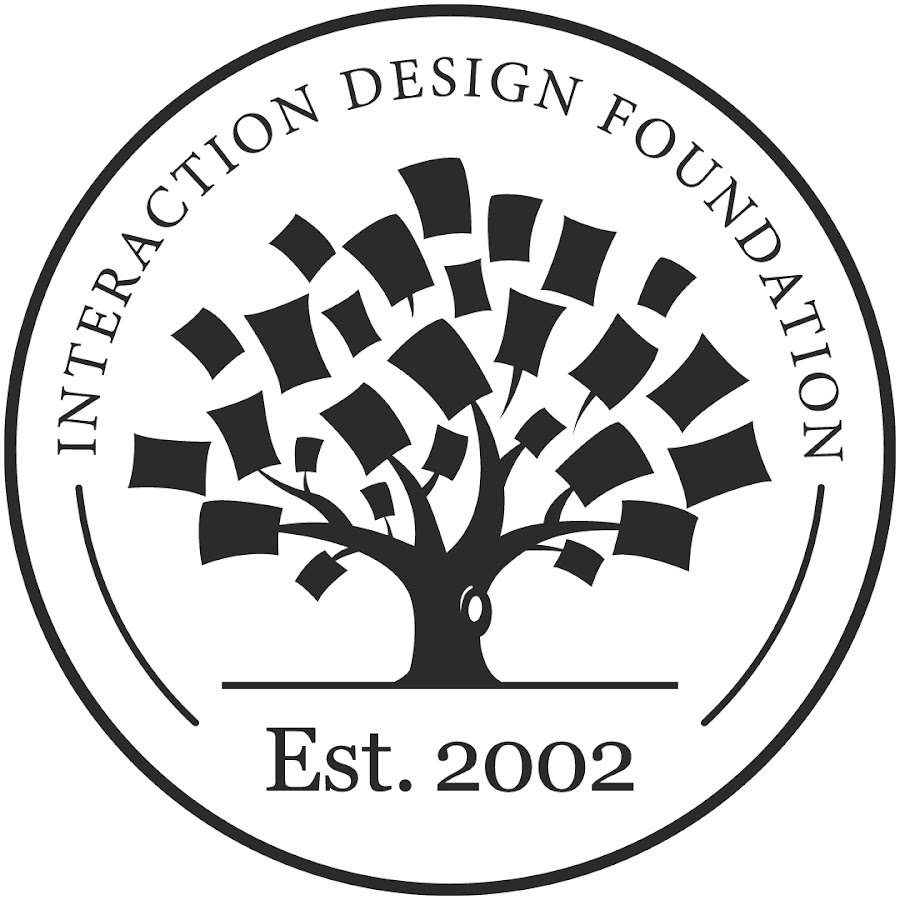
Embrace Human Nature
Psychology is a special interest of mine. I often say if I was forced to change careers and it could not be in the tech space, I would pursue psychology. I find the human brain fascinating and learning the science of how humans think, feel, act and react, enables me to make effective design decisions while contemplating the many ways my designs may be perceived by a user.
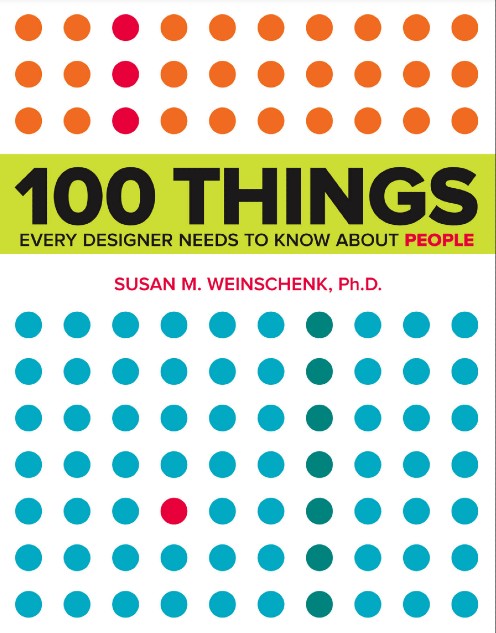
100 Things Every Designer Needs to Know About People is a book I recommend every person involved in design decisions takes the time to read. It explains how the human brain processes and stores information, citing studies conducted by psychologists. I attribute part of my knowledge about psychology and what it means for user experience to this book.
We must design for the way people behave, not for how we would wish them to behave.
Don NormanUsers First
The user is always at the forefront of every decision I make. As a designer, I may think I have a good idea of what the user needs, but I know designing based on what I think amplifies the odds of my design not working well for the user. I always advocate for the user and proper user experience procedures, such as user interviews and usability testing. When tackling a new solution, I ask myself and my peers:
By creating designs that are tailored to the user’s needs and preferences, businesses can create products and experiences that are more likely to meet the user’s expectations and deliver value.
Tibi David, UX PlanetEndless Pursuit of Knowledge
As a genuinely curious knowledge-seeker, I'm on an endless pursuit for knowledge. I firmly believe that no matter how much one may already know, there is always more knowledge to be found. The more perspectives you hear, the more your knowledge grows and thus you can better empathize with a variety of users. It is of utmost importance to me that my knowledge is up-to-date and well-rounded. When I notice an area I may have limited knowledge of or an area I think will permit me to help users more effectively, I seek out articles, studies, books and more to educate myself and grow as a designer.
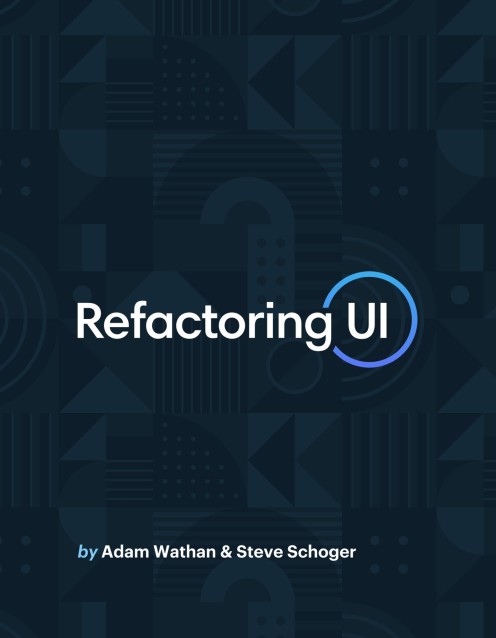
Refactoring UI is one of the source materials I refer back to. It is a straight-forward guide to user interface design. While geared toward those with no official design training, it provided a plethora of tips to guide me in my designs.
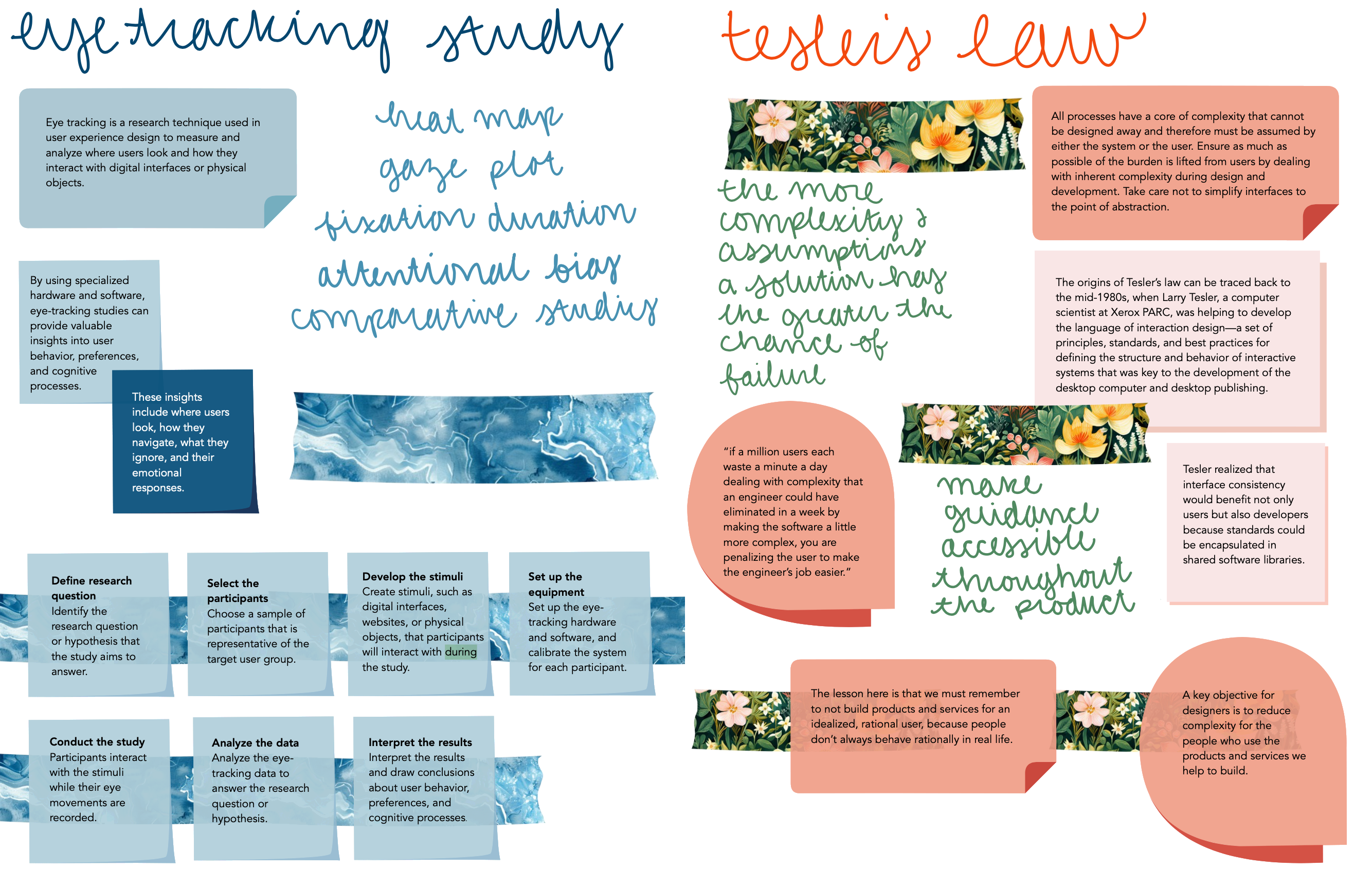
In summer 2024, I read Laws of UX by Jon Yablonski. I found this book to be very informative and I found myself able to put into words the things I was already doing that I knew were beneficial for users. I enjoy digital journaling on my iPad and I wanted a reference for everything I learned in this book so I created a notebook in Goodnotes, getting creative with color, washi tape, hand-lettering and typography.
Emphasis on Collaboration
Actively seeking out and listening to input from a variety of users, peers and stakeholders is essential to my process. Humans are complex. We have unique personalities, experiences and behaviors. We all have a story to tell. I believe that every voice matters and deserves to be heard. I thrive with a diverse team in which ideas get to flow freely. I believe in figuring out a process that is comfortable for everyone while also being efficient. I'm respectful of personality types and I accommodate them where I can. When I notice someone hasn't had a chance to say something, I invite them in to the conversation by asking for their input. I advocate for interactive sessions with FigJam, Miro or physical sticky notes if in-person. I encourage time to think independently, because not everyone feels comfortable speaking up. The best experiences happen when we gather a diverse pool of ideas. The more we accommodate for differences, the closer we are to a solution that works for every user.
None of us is as smart as all of us. Keeping your ideas to yourself is detrimental. Diversity of people equals diversity of ideas.
Denise Jacobs